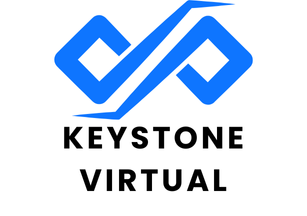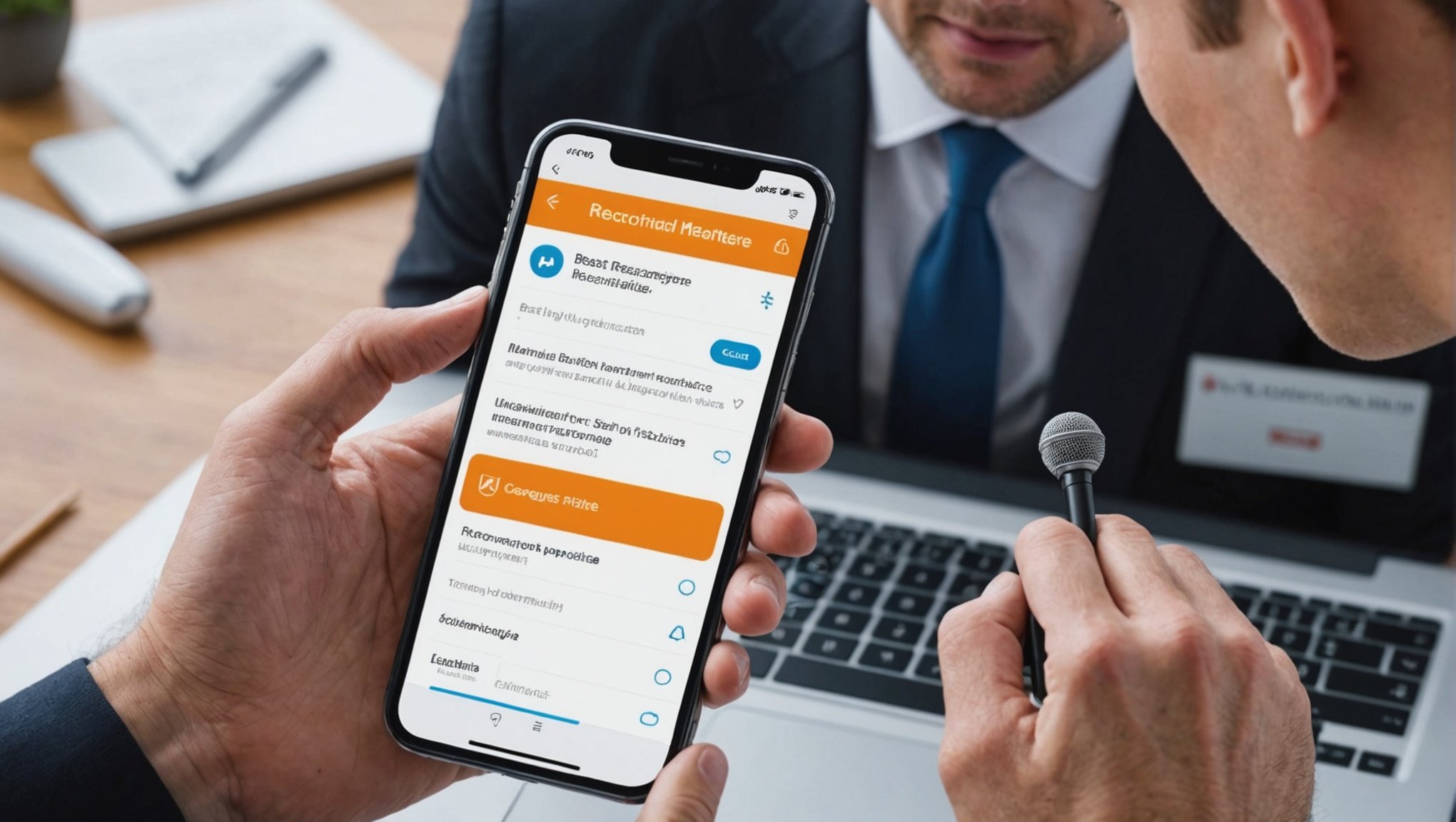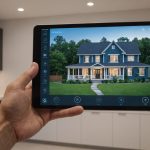Voice recognition technology is transforming UK healthcare, enhancing efficiency and patient care. Integrating this innovative tool can streamline workflows, reduce administrative burdens, and improve data accuracy. However, successful implementation requires careful planning and strategy. This guide explores essential strategies for seamless integration, addressing potential challenges and opportunities. Whether you are a healthcare administrator or a tech developer, these insights will empower you to harness the full potential of voice recognition in enhancing healthcare services.
Overview of Voice Recognition Technology in Healthcare
Voice recognition technology has rapidly evolved, becoming an integral part of healthcare applications in the UK. Initially, this technology focused on converting spoken words into text, but it has since advanced to include natural language processing and artificial intelligence. These enhancements have significantly improved its functionality and accuracy, making it a valuable tool in the healthcare sector.
Topic to read : Top Strategies to Boost Mobile Payment Security for Gig Economy Workers in the UK
In the UK, the adoption of voice recognition technology in healthcare is on the rise. It is being utilised in various applications, such as electronic health records, patient monitoring, and telemedicine. This trend is driven by the need for efficiency and the ability to handle large volumes of data swiftly. As a result, healthcare professionals can spend more time on patient care rather than administrative tasks.
The importance of user experience in healthcare applications cannot be overstated. For voice recognition technology to be effective, it must be intuitive and easy to use. This ensures that healthcare professionals can seamlessly integrate it into their daily routines, thereby enhancing productivity and improving patient outcomes. A well-designed user interface can significantly reduce errors and increase the reliability of the technology in critical healthcare settings.
Additional reading : Maximizing Your Digital Ad Spend: A Guide for Small UK Businesses
Benefits of Integrating Voice Recognition in Healthcare
Integrating voice recognition technology into healthcare systems offers numerous advantages, enhancing both operational efficiency and patient experience. One of the primary benefits is the improvement in healthcare efficiency. By streamlining documentation processes, voice recognition reduces the administrative burden on healthcare professionals, allowing them to focus more on direct patient care. This shift not only saves time but also enhances the overall quality of care provided.
Moreover, the technology significantly improves accuracy in patient records and data entry. Traditional methods of data entry are prone to errors, which can have serious implications in healthcare settings. Voice recognition minimizes these errors by ensuring precise transcription of spoken words into text, thereby maintaining the integrity of patient records.
Another key benefit is enhanced patient engagement and satisfaction. With more time available to interact with patients, healthcare providers can offer a more personalized and attentive service. Patients feel more valued and understood, leading to higher satisfaction levels. Additionally, the quick retrieval of patient information facilitated by voice recognition ensures that healthcare professionals can make informed decisions swiftly, further improving patient outcomes.
Key Strategies for Seamless Integration
Integrating voice technology into healthcare requires careful planning and execution to ensure it meets the needs of users and fits seamlessly into existing workflows. Understanding user needs is crucial. Healthcare providers must assess how voice technology can enhance their daily operations without disrupting established practices. This involves analysing current workflows and identifying areas where voice technology can offer efficiencies.
Selecting the right technology and partners is another critical step. Healthcare organisations should collaborate with vendors who have a proven track record in voice technology implementation. This partnership ensures that the technology is robust and tailored to the specific requirements of the healthcare environment.
Implementing pilot programs is an effective strategy to test the technology's effectiveness before full-scale deployment. These programs allow healthcare facilities to evaluate the integration strategies in a controlled setting, providing valuable insights into potential challenges and areas for improvement. By gathering feedback from users during this phase, organisations can refine their approach and ensure a smoother transition to full implementation.
In summary, successful integration of voice technology in healthcare hinges on understanding user needs, choosing the right partners, and conducting thorough pilot testing. These strategies help ensure that the technology enhances healthcare solutions without unnecessary disruption.
Case Studies of Successful Integration
Exploring case studies of voice recognition in healthcare reveals valuable insights into its practical applications. Several leading healthcare organisations have embraced this technology, showcasing successful implementation and notable improvements.
One prominent example is a major hospital in London that integrated voice recognition into its electronic health records system. This move resulted in a 30% reduction in documentation time, allowing clinicians to devote more time to patient care. The hospital reported increased accuracy in patient data entry, significantly reducing errors and enhancing overall healthcare delivery.
Another healthcare example involves a regional healthcare network that utilised voice recognition for patient monitoring. This integration enabled real-time data capture and analysis, improving response times to patient needs. The network observed a notable decrease in patient readmission rates, attributing this success to the efficiency and precision of voice technology.
From these case studies, several lessons and best practices emerge. Key among them is the importance of user training and support to ensure smooth adoption. Additionally, customising the technology to fit specific organisational needs proved crucial. These real-world applications demonstrate that with careful planning and execution, voice recognition can transform healthcare processes, leading to enhanced patient outcomes and operational efficiency.
Addressing Challenges and Limitations
Incorporating voice recognition technology into UK healthcare presents several challenges and limitations. Common barriers include the complexity of existing systems and resistance to change among staff. Many healthcare professionals are accustomed to traditional methods, making the transition to new technology daunting. Additionally, integrating voice systems with existing electronic health records can be technically demanding.
Privacy and data security concerns also pose significant challenges. Ensuring patient data remains confidential is paramount, yet voice recognition systems often require access to sensitive information. To address these issues, robust encryption and strict access controls must be implemented. Compliance with data protection regulations, such as the General Data Protection Regulation (GDPR), is critical.
Technical limitations, such as varying accents and background noise, can affect the accuracy of voice recognition. Solutions include training systems with diverse voice data and utilising noise-cancelling technology. Continuous updates and improvements in natural language processing algorithms can further enhance system performance.
By acknowledging these challenges and implementing targeted solutions, healthcare providers can successfully integrate voice technology, improving efficiency and patient care.
Regulatory Considerations in the UK
Navigating UK regulations is crucial for the successful integration of voice technology in healthcare. The healthcare sector is governed by stringent regulatory frameworks to ensure patient safety and data security. Compliance with these regulations is essential for any healthcare application utilising voice recognition technology.
Key among these is the General Data Protection Regulation (GDPR), which mandates the protection of personal data and privacy. Healthcare providers must ensure that voice technology systems adhere to GDPR standards, implementing robust data encryption and access controls. Failure to comply can result in significant penalties and loss of trust.
Another critical aspect is healthcare compliance with the Health and Social Care Act, which outlines standards for managing patient information. Voice technology must be seamlessly integrated into existing systems without compromising data integrity or accessibility.
Looking ahead, future regulatory trends may focus on enhancing data interoperability and encouraging innovation while maintaining stringent security measures. As voice technology evolves, staying abreast of these trends will be vital for healthcare organisations to remain compliant and competitive. Understanding and adhering to these regulatory considerations ensures that voice technology not only enhances healthcare delivery but also safeguards patient rights and information.
Technology Options for Voice Recognition
Selecting the right voice recognition tools is crucial for successful integration into healthcare applications. Various technology solutions are available, each offering unique features and capabilities. A comparison of leading platforms reveals differences in scalability, accuracy, and ease of integration.
Some of the top voice recognition platforms include Dragon Medical One, Nuance, and IBM Watson. Dragon Medical One is renowned for its high accuracy and tailored solutions for healthcare professionals. Nuance provides robust technology solutions with seamless integration into electronic health records. IBM Watson offers advanced natural language processing capabilities, making it a versatile choice for diverse healthcare applications.
Evaluating scalability and compatibility with existing systems is essential. Healthcare organisations should consider whether the voice recognition tools can handle large volumes of data and integrate smoothly with current infrastructure. Compatibility ensures minimal disruption and maximizes the benefits of the technology.
For healthcare-specific solutions, it is recommended to choose platforms that offer specialised features like medical vocabulary support and compliance with healthcare regulations. These tailored solutions help improve efficiency and accuracy in patient care, ultimately enhancing healthcare delivery.
Insights from Industry Experts
In the rapidly evolving world of healthcare technology, expert insights are invaluable for understanding the current landscape and future possibilities. Interviews with leaders in the field reveal a keen focus on industry trends that are shaping the adoption of voice recognition technology. One prominent trend is the shift towards more personalised and context-aware systems. Experts predict that future developments will see voice recognition becoming more intuitive, enabling seamless interactions between healthcare professionals and technology.
Emerging trends also highlight the integration of artificial intelligence with voice technology. This combination is expected to enhance predictive analytics, providing healthcare providers with tools to anticipate patient needs and improve outcomes. Industry leaders emphasise the importance of continuous learning and adaptation to these changes, ensuring that healthcare systems remain efficient and effective.
Predictions for the future include advancements in natural language processing, which will likely lead to more sophisticated and accurate voice recognition systems. As these technologies evolve, healthcare organisations must stay informed and adaptable, leveraging expert insights to navigate the complexities of healthcare technology effectively. This proactive approach will be crucial in harnessing the full potential of voice recognition in healthcare.
Future of Voice Recognition in UK Healthcare
The future trends of voice recognition in UK healthcare promise significant transformation. As technology evolves, we anticipate remarkable advancements in voice recognition systems, enhancing their accuracy and functionality. These systems are expected to become more intuitive, allowing for seamless interactions between healthcare professionals and technology.
The integration of AI and machine learning will play a pivotal role in these advancements. By analysing vast amounts of data, AI can improve voice recognition capabilities, enabling systems to understand complex medical terminology and context. This evolution will support predictive analytics, helping healthcare providers anticipate patient needs more effectively.
Looking ahead, the long-term implications for patient care and operational efficiency are profound. Enhanced voice recognition technology will streamline administrative tasks, allowing healthcare professionals to dedicate more time to patient interaction. Improved accuracy in data entry will reduce errors, safeguarding patient safety.
Moreover, as these technologies become more sophisticated, they will support personalised patient care, adapting to individual needs and preferences. This focus on healthcare innovation will drive improvements in patient outcomes, making voice recognition an indispensable tool in the future of UK healthcare.











